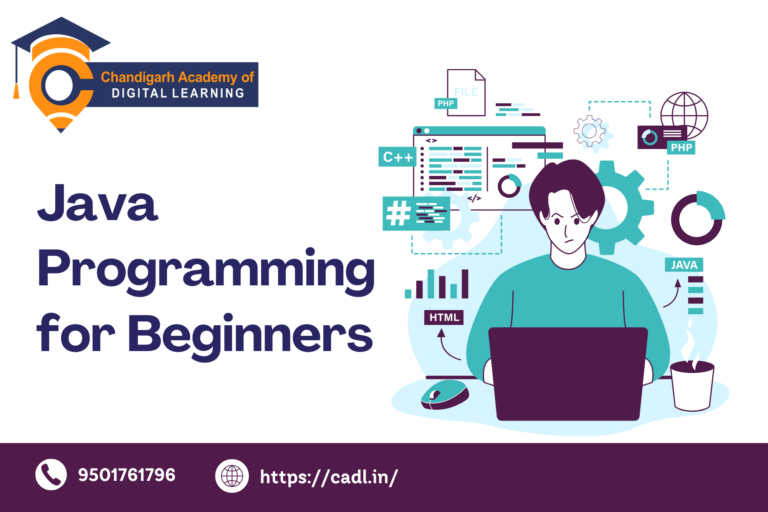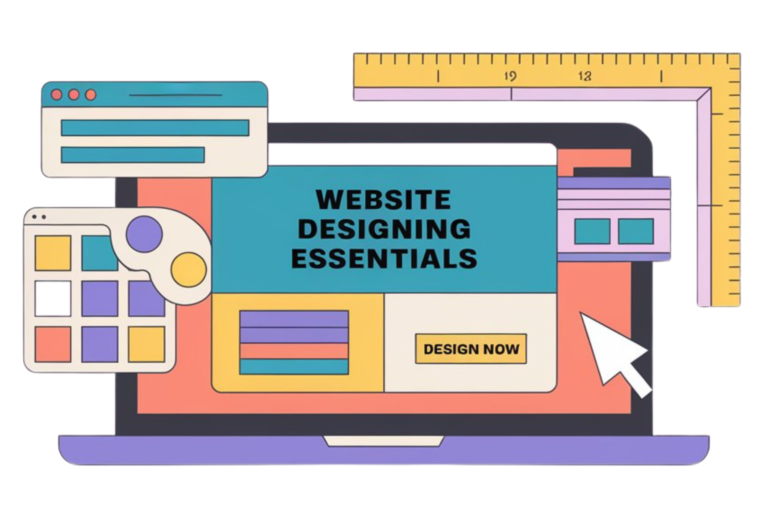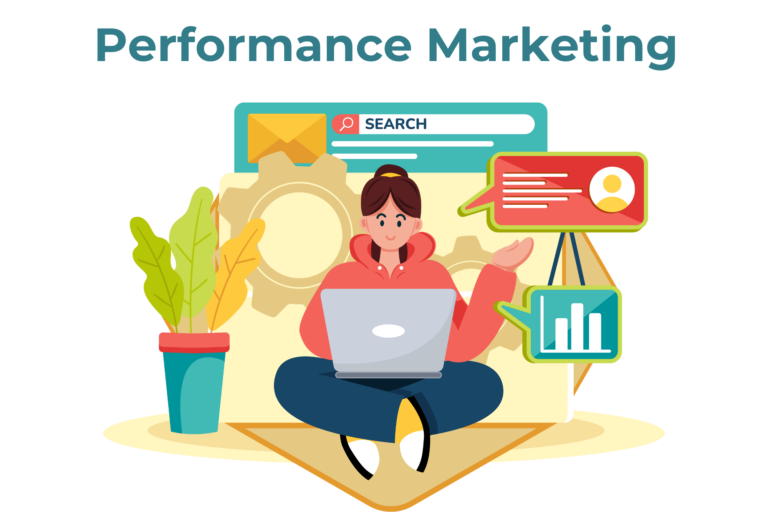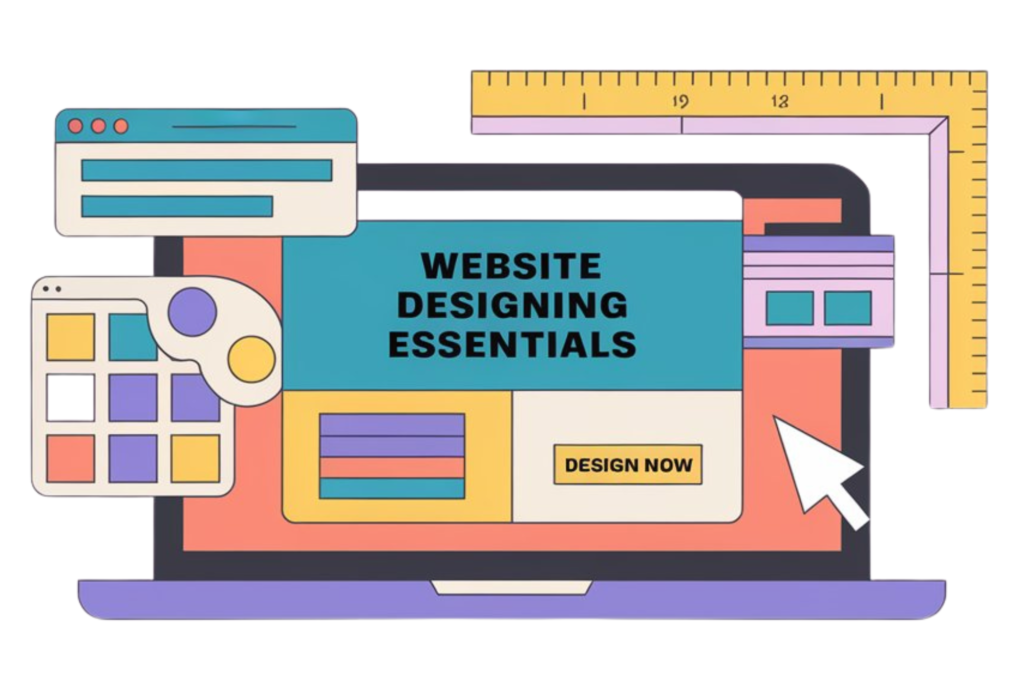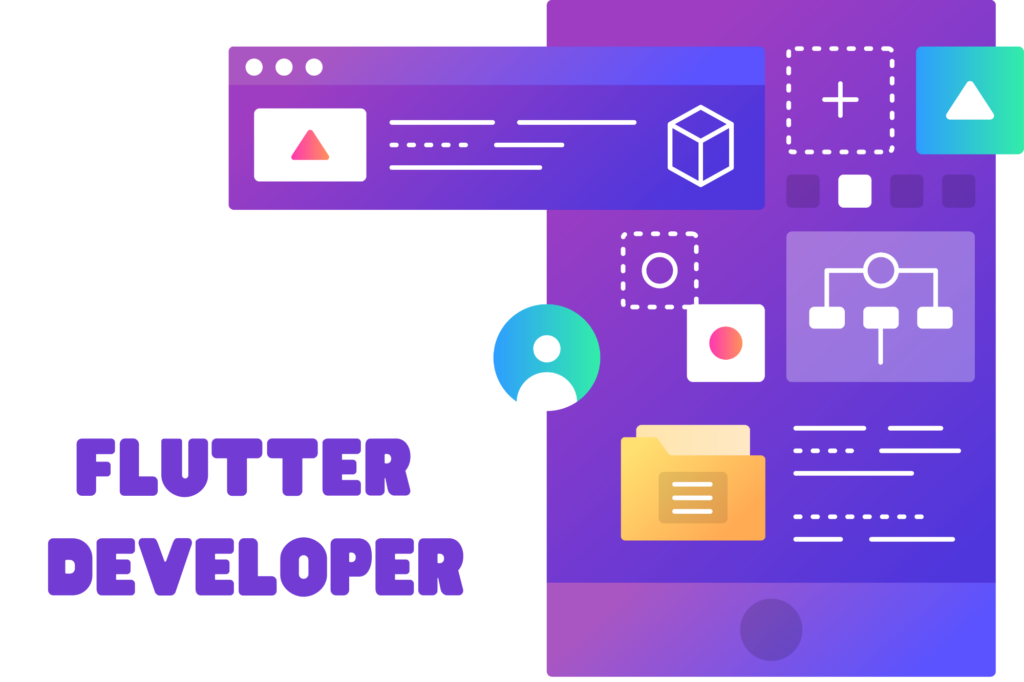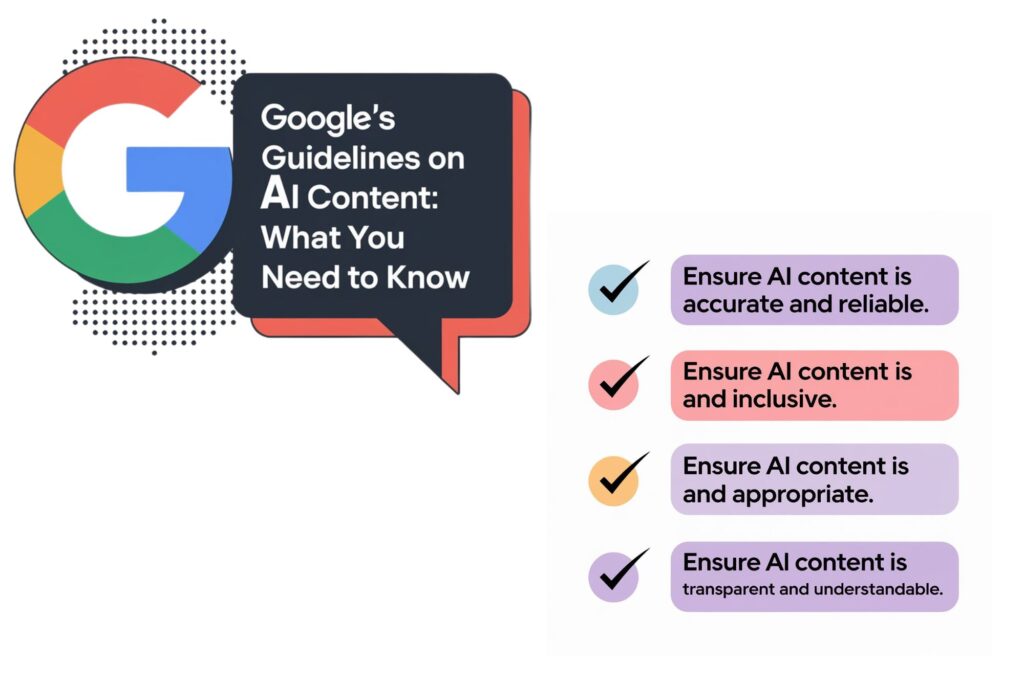With the rise of mobile applications and the growing demand for cross-platform development, Flutter has become one of the most popular frameworks for building mobile apps. Developed by Google, Flutter allows developers to create natively compiled applications for mobile, web, and desktop using a single codebase. Whether you’re a beginner or an experienced developer looking to expand your skills, becoming a Flutter developer opens up many opportunities in the tech industry.
At CADL Zirakpur, we offer comprehensive courses designed to teach you the fundamentals and advanced aspects of Flutter development. In this blog, we’ll provide you with a step-by-step guide on how to become a Flutter developer, from mastering the basics to launching your first app.
1. Understand the Basics of Programming
Before diving into Flutter, it’s important to have a strong foundation in programming concepts. Flutter is primarily written in Dart, a language developed by Google, but having knowledge of basic programming principles will make the transition much easier.
Key Concepts to Learn:
- Variables and Data Types: Understanding how to store and manipulate data.
- Control Structures: If-else statements, loops, and switch-case.
- Functions and Methods: Learning how to modularize code and reuse it.
- Object-Oriented Programming (OOP): Classes, objects, inheritance, and polymorphism.
Key Tip: If you’re new to programming, start with a language like Python or Java to get familiar with coding. Once you have a good grasp, you can move on to Dart, the language used in Flutter.
2. Learn Dart: The Language Behind Flutter
Dart is a powerful, object-oriented programming language used to write Flutter apps. It’s easy to learn, especially if you’re already familiar with languages like JavaScript or Java.
Why Learn Dart?
- Strong Typing: Dart enforces strong typing, which helps catch errors at compile-time.
- Asynchronous Programming: Dart’s async-await feature simplifies handling asynchronous tasks, making it perfect for mobile apps.
- Clean Syntax: Dart’s syntax is clean and easy to understand, which makes it beginner-friendly.
Key Concepts to Focus On:
- Variables and Functions: Learn how to define and call functions in Dart.
- Future and Async/Await: Understand how Dart handles asynchronous operations, crucial for mobile app development.
- Streams: Streams allow you to process multiple asynchronous events over time, which is useful for real-time applications.
Key Tip: Start building small projects to familiarize yourself with Dart’s syntax and features. At CADL Zirakpur, our Flutter development courses include a thorough introduction to Dart, ensuring you’re well-prepared to dive into Flutter.
3. Install Flutter and Set Up Your Development Environment
Once you’re comfortable with Dart, the next step is to install Flutter and set up your development environment. Flutter’s installation process is straightforward and supports all major platforms including Windows, macOS, and Linux.
Steps to Set Up Flutter:
- Install Flutter SDK: Download and install the Flutter SDK from the official Flutter website.
- Set Up an IDE: Flutter works well with integrated development environments (IDEs) like Visual Studio Code and Android Studio. Install the Flutter and Dart plugins to enhance your coding experience.
- Install Android Studio: This is needed to run Android emulators for testing your apps.
- Configure the Emulator: Set up an Android or iOS emulator to test your apps without needing a physical device.
Key Tip: At CADL Zirakpur, we guide you through the entire installation process and help you set up your development environment so that you can focus on coding right away.
4. Master Flutter’s Core Concepts
To become a proficient Flutter developer, you need to understand the core concepts that make Flutter unique. Flutter uses widgets as the building blocks for its user interface. Every element, from buttons to text, is a widget in Flutter.
Key Concepts to Learn:
- Widgets: Learn how to create and customize widgets in Flutter. There are two types of widgets in Flutter: stateless (immutable) and stateful (mutable).
- State Management: Managing the state of your app is crucial for creating interactive apps. Learn basic state management techniques like using setState and more advanced methods like Provider or Riverpod.
- Layouts: Flutter offers a rich set of layout options like Row, Column, Stack, and more. Mastering these will help you design complex user interfaces.
- Navigation: Learn how to navigate between different screens in your Flutter app using Flutter’s Navigator.
Key Tip: Build simple apps like a to-do list or a weather app to practice these core concepts. At CADL Zirakpur, our course includes multiple projects to help you master Flutter’s fundamentals.
5. Dive Into Advanced Flutter Features
Once you’re comfortable with Flutter’s basics, it’s time to explore advanced features that can take your apps to the next level. Understanding these will set you apart from other developers and enable you to build more sophisticated applications.
Advanced Features to Learn:
- Custom Animations: Flutter’s animation framework allows you to create smooth and beautiful transitions in your apps.
- API Integration: Learn how to fetch data from the internet using HTTP requests and integrate third-party APIs into your Flutter app.
- Firebase Integration: Firebase provides a comprehensive suite of tools like authentication, cloud storage, and real-time databases that work seamlessly with Flutter.
- Building for Multiple Platforms: Flutter supports iOS, Android, web, and desktop development. Learn how to write platform-specific code and optimize your apps for each platform.
Key Tip: Create more complex apps, such as a social media feed or e-commerce app, to practice advanced features. At CADL Zirakpur, we offer hands-on experience with real-world projects, helping you build a portfolio that showcases your expertise.
6. Learn How to Debug and Test Your Flutter Apps
Debugging and testing are crucial aspects of app development. Understanding how to debug your code and write tests will improve the quality of your apps and make your development process smoother.
Key Tools for Debugging:
- Flutter DevTools: A set of tools to debug, profile, and inspect your Flutter apps.
- Hot Reload/Hot Restart: Flutter’s hot reload feature allows you to see changes in real-time, making it easier to test your apps during development.
Types of Testing:
- Unit Testing: Test individual functions, methods, or classes.
- Widget Testing: Ensure that your widgets function as expected.
- Integration Testing: Test the entire app’s functionality, including how different parts of your app interact with each other.
Key Tip: At CADL Zirakpur, we teach you how to effectively debug and test your Flutter apps to ensure that they are free of bugs and optimized for performance.
7. Build Real-World Projects and Contribute to Open Source
Once you’ve mastered Flutter’s features, the best way to solidify your knowledge is by building real-world projects. This will not only help you gain confidence but also allow you to showcase your skills to potential employers.
Project Ideas:
- Personal Portfolio App: Showcase your skills and projects in a personal portfolio app.
- E-Commerce App: Create a shopping app with features like product listings, carts, and payment gateways.
- Social Media App: Build a mini social media platform where users can post, like, and comment on posts.
- Chat Application: Implement a chat feature using Firebase and real-time data handling.
Key Tip: Contribute to open-source Flutter projects to gain more experience and get involved in the Flutter community. At CADL Zirakpur, we encourage students to work on projects that solve real-world problems and prepare them for the job market.
8. Stay Updated and Keep Learning
Flutter is a rapidly evolving framework, with new features and updates being released regularly. Staying updated with the latest trends, tools, and best practices is crucial for long-term success.
Ways to Stay Updated:
- Follow the official Flutter blog and release notes.
- Join Flutter communities on platforms like GitHub, Reddit, and Discord.
- Attend Flutter meetups and conferences.
- Continuously experiment with new Flutter packages and libraries.
Key Tip: Learning never stops in the tech industry. At CADL Zirakpur, we offer continuous support and updates on the latest trends in Flutter development, ensuring that you remain at the forefront of this exciting field.
Why Learn Flutter Development at CADL Zirakpur?
At CADL Zirakpur, we offer a comprehensive Flutter development course that covers everything you need to become a proficient Flutter developer. Here’s why CADL Zirakpur is the best place to learn Flutter development:
- Expert Mentors: Learn from experienced professionals with real-world Flutter development expertise.
- Hands-On Projects: Gain practical experience by building projects from scratch, guided by our expert mentors.
- Job-Ready Skills: Our curriculum is designed to make you job-ready, equipping you with the skills needed to land a Flutter developer role.
- Supportive Learning Environment: Join a community of learners and professionals who are always ready to help you grow and excel.
Conclusion
Becoming a Flutter developer is an exciting and rewarding journey. With the right approach and resources, you can master Flutter and unlock new career opportunities in mobile development. At CADL Zirakpur, we provide the perfect platform to learn Flutter, with comprehensive courses and real-world projects to get you started on the right foot.
Join CADL today and start building beautiful, high-performance apps with Flutter!


